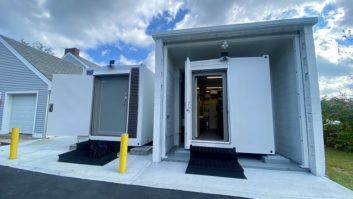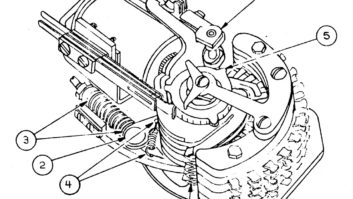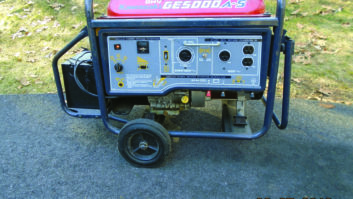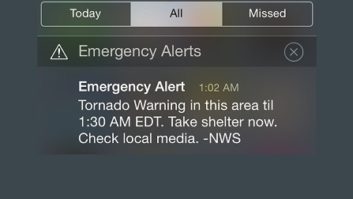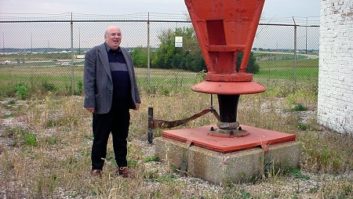Cold is the temperature of irrational fear, the fear of little understanding. The Cold War of the 1950s was a strange time in America’s history.
I remember my first radio at age 4. That Zenith Royal 500 had little triangular markings indicating the Conelrad frequencies of 640 and 1240 kHz.
President Truman established the CONELRAD – for “CONtrol of ELectronic RADiation” – system in 1951 in the hopes of providing information and direction to Americans if the unspeakable horror of nuclear war ever became a reality. The system only existed for a dozen years, but its name lives on as a reminder of that time.
We knew the Nazis had used advanced radio navigation, and we suspected that the Japanese had used Honolulu radio stations to guide them to Pearl Harbor. The government did not want a new system to allow this to happen again. The scheme was simple and relied on the strengths of U.S. broadcasting – mostly AM and only a fraction of the size of the industry now.
Switched network
If an attack came, stations were to cease normal operations. Select stations would move to 640 or 1240 in clusters of three or four. Emergency programming and transmitter switching would come from a central local control point via phone lines. In a pseudo-random pattern, each station’s transmitter would in sequence be turned on and off to provide a continuous signal from the cluster.
The aviation world in the early 1950s (including our enemy’s bombers, we thought) depended mainly on radio navigation based on signal strength. It used such reliable workhorses such as the Adcock antenna for sharp direction resolution.
The common logic was that if all AM stations were on 640 or 1240, switching from transmitter site locus to locus creating a constant weaving from station to station, that all this vacillation in signal strength and direction would confound any attempt to use them for navigation or as a homing beacon. From the air and even more so at night, station location changes in the same group and interference from stations in different groups would drive the direction needle crazy – or so our leaders hoped.
On a national level, the system was tested only once, in 1961 after the Bay of Pigs debacle raised the concern level. From my vantage point in Baltimore, both local clusters worked well.
The perceived threat of bombers permutated to a real one of ICBMs with internal guidance systems; and CONELRAD became obsolete. EBS (1963) was the replacement, and in turn was replaced by EAS (1997). But broadcasting continues to be America’s first line of information and comfort in time of disaster.
For more about CONELRAD and its successors, see www.coldwar-ct.com/CONELRAD_EBS_EAS.html.







